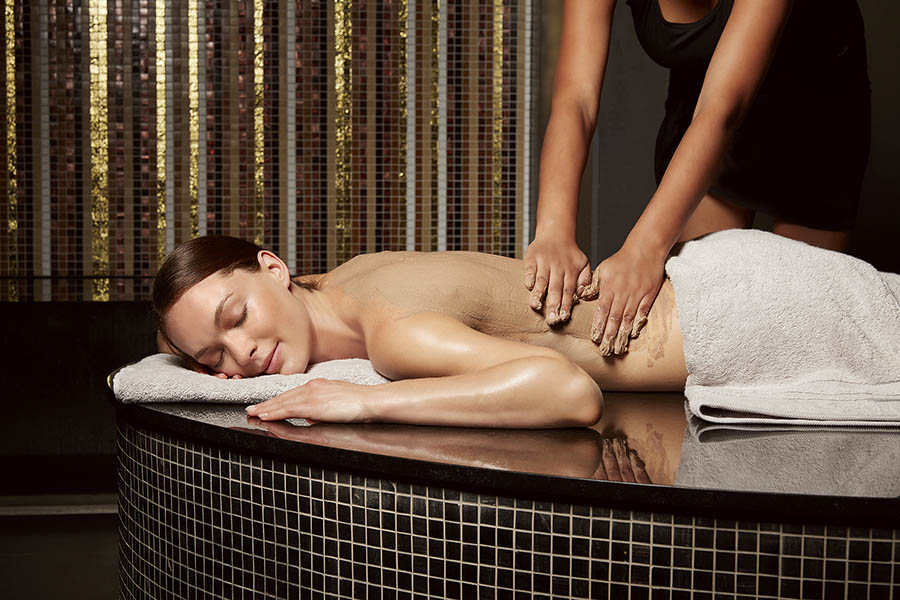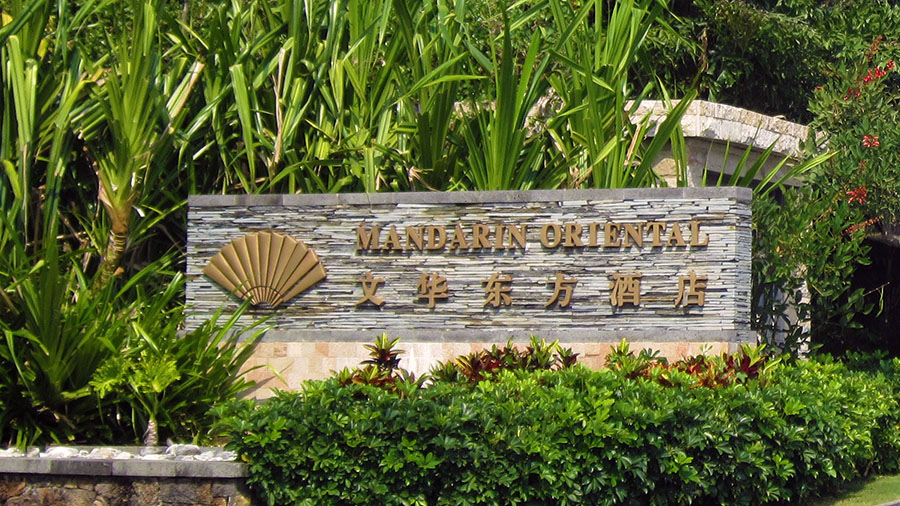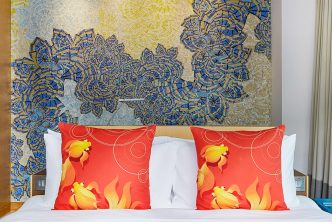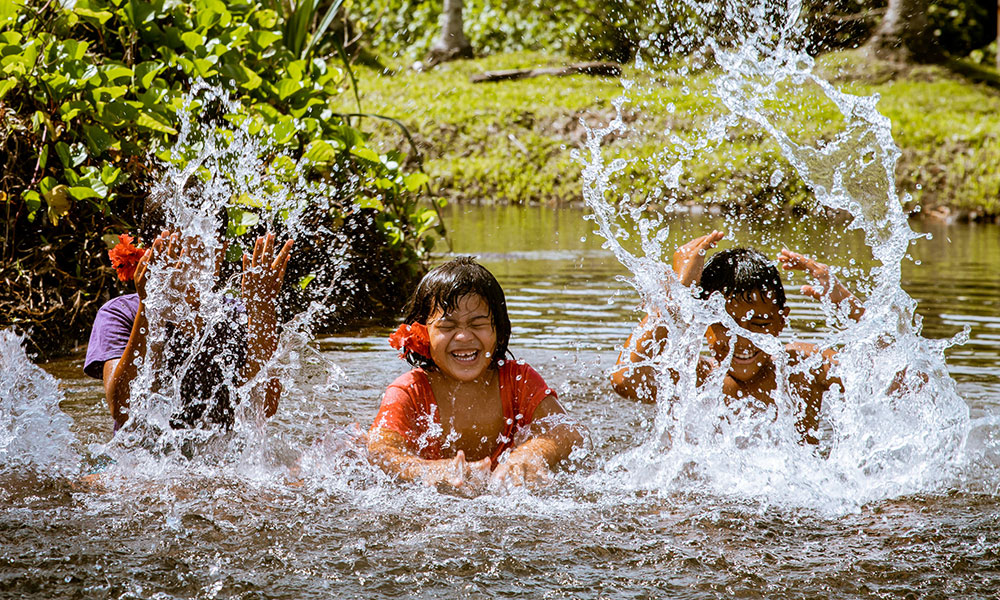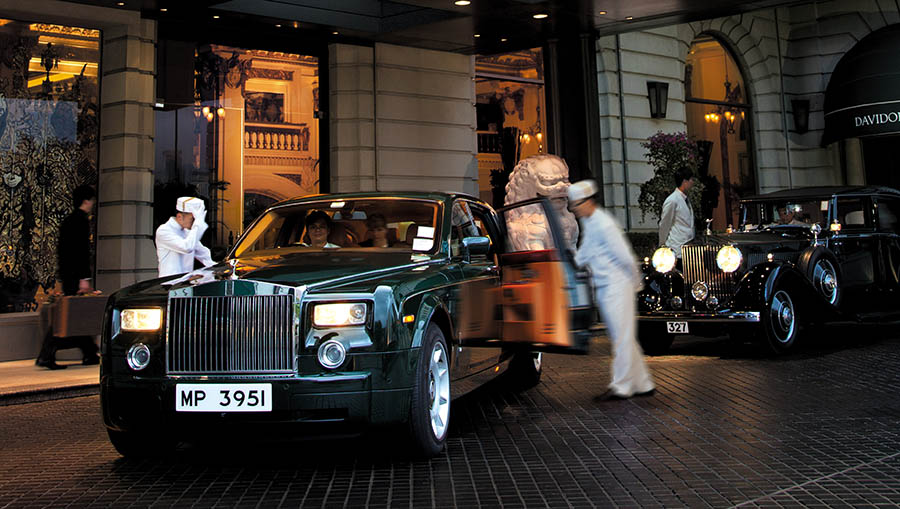Holidays are meant to be relaxing, and the easiest way to force yourself into a state of blissful relaxation is a massage. Whenever we travel, one of the first places we seek out (aside from a bar) is somewhere to get a decent massage.
Most of the time we’ll go for the cheap option, like a reflexology or head, neck and shoulder in the local marketplace… but honestly, you get what you pay for. I think the worst I ever had was in a street market at Chiang Mai, the “masseuse” kneaded with one hand and Facebooked with the other.
Hotel day spas are usually a better option, and though most people tend to discount them saying they’re more expensive, you are paying for a trained professional (well, in most cases at least). And unlike the market Facebook massage, you’re also getting a more relaxing experience.
The Darling Hotel in Sydney recently relaunched its day spa – appropriately named The Darling Spa – and though I haven’t had a chance to visit it, it did get me thinking about the crick in my neck and what sort of massage would be best to fix it. Honestly, I haven’t had a clue on what massage does what.
Catherine Lazarou, Spa Manager for The Darling Spa, has compiled a list of the most common massage techniques and what each style is best suited to. If you don’t know your reiki from your lomi lomi, this guide is for you.
Thailand
Thai Massage – Uses no oil and is performed generally fully clothed. The therapist uses their body weight and force to manoeuvre the pressure point/nerves and relieve pain. It is a tough job and a work out for the therapist, as they are either standing on top of the guest or stretching out the clients to help increase flexibility. There is a fine line between stretching and painful stretching, and these movements are made to push that line. You will feel stretched in areas you didn’t know you had.
China
Tui Na (Chinese massage) – This style uses very little oil and the main focus is acupressure point work. This is super firm with focus on releasing overall tension through the trigger points. Therapists use their elbow and thumbs to knead out muscles and press on those points that almost make you cry. After a few breaths that tension releases and it is all worth it. You may feel bruised and little sore for 24-48 hours after this treatment.
Japan
Reiki – This is a holistic Japanese treatment. A “laying on hands” technique is used to relieve stress and energy blockage. If you have heard of energy and Chakra’s then Reiki is an easy treatment to understand. The guest lies down (clothed) and the practitioner will gently hover their hands over the body to connect beyond the physical body to an energetic level. Working through the magnetic energy field and unblocking or healing the chakras to promote overall energy flow. Not only does this treatment relax you, it can also help unblock emotional energy that may be the main cause of muscular pain.
Sweden
Swedish Massage – This western technique uses fundamental anatomy and physiology. If you are not a regular massage goer then you can’t go wrong with a Swedish massage. The technique uses oils and a mixture of long strokes and kneading to breakdown muscular knots and tension. It’s a feel-good relaxing massage, one that’s not too painful or so soft that it tickles. This style is the first technique that massage therapists learn when they study so it is used as the base of almost every western massage.
Hawaii
Lomi Lomi (Hawaiian Massage) – Lomi Lomi literally means “to rub and roll” which is ideal for body treatments. The therapists use all parts of their body to massage the client without losing connection. Extra-long strokes are performed to flow like the therapist is dancing. The therapist uses fingers, hands, elbows, forearms, feet and knees during the massage so it feels like there are 3 sets of hands working their magic at the same time. This treatment can often be performed by two therapists at the same time to bring the body into balance.
India
Indian Head Massage – Based on the traditional Ayurvedic system of healing practised in India. This is performed when the guest is sitting up and can go for 20 – 45 minutes added on to a body treatment. There are lots of deep kneading and compression movements over the neck and shoulders to release build-up of tension. Herbal oils are massaged into the scalp, hair and some points on the face for deep and complete relaxation. It has been known to improve chronic neck pain and relieve migraines.


